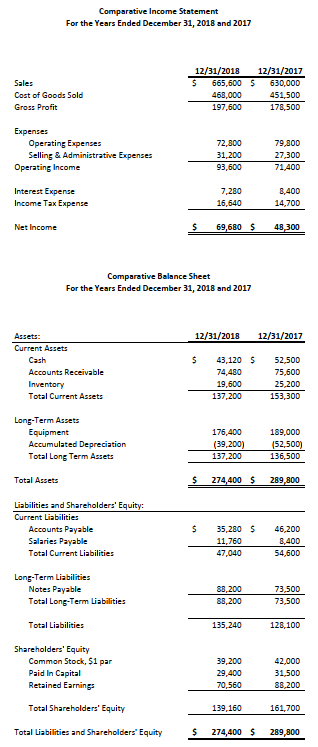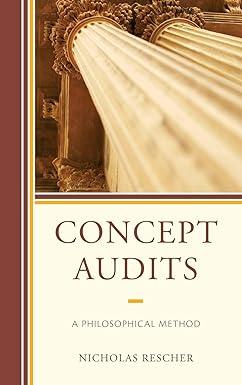Question
Mr. Smith has brought you a set of financial statements of a company that he is considering investing in as a long-term investment. He is
Mr. Smith has brought you a set of financial statements of a company that he is considering investing in as a long-term investment. He is asking for your help in determining if the company would be a good investment for him.
Using the attached financial statements, you need to create a vertical analysis as percentage of Total Assets for the Balance Sheet and as a percentage of Sales for the Income Statement, as well as a horizontal analysis of the Balance Sheet and Income Statement. Complete this for both years. In addition to the vertical and horizontal analysis, you need to calculate the following ratios:
Liquidity & Efficiency:
- Current Ratio
- Acid-Test Ratio
- Receivables Turnover & Days Sales Uncollected
- Inventory Turnover & Days sales in Inventory
Solvency:
- Debt Ratio
- Equity Ratio
- Debt to Equity Ratio
Profitability:
- Profit Margin Ratio
- Gross Margin Ratio
- Return on Total Assets (ROA)
- Return on Equity (ROE)
This information then needs to be incorporated into a written memo to Mr. Smith that include:
- What is the purpose of creating a vertical analysis and why is it useful in analyzing a potential investment?
- What is the purpose of creating a horizontal analysis and why is it useful in analyzing a potential investment?
- Overall, what do each of the three sections of ratios (Profitability, Liquidity & Solvency) tell a person about a company?

Step by Step Solution
There are 3 Steps involved in it
Step: 1

Get Instant Access to Expert-Tailored Solutions
See step-by-step solutions with expert insights and AI powered tools for academic success
Step: 2

Step: 3

Ace Your Homework with AI
Get the answers you need in no time with our AI-driven, step-by-step assistance
Get Started


